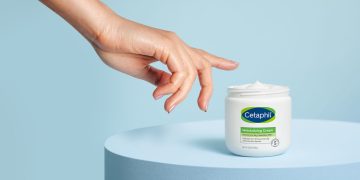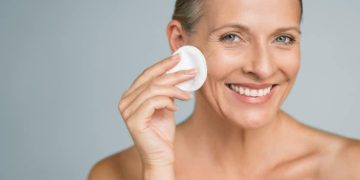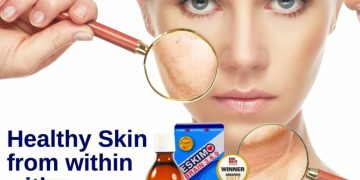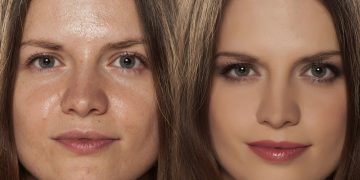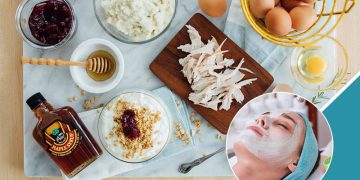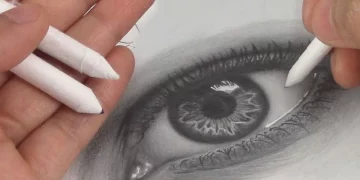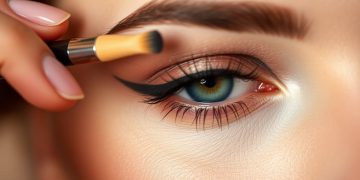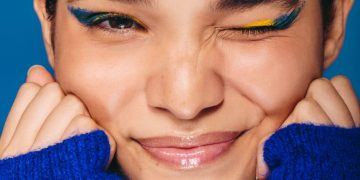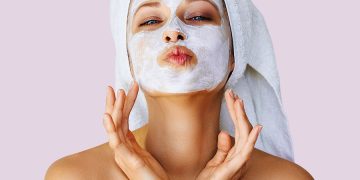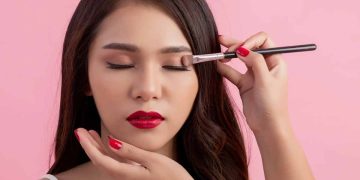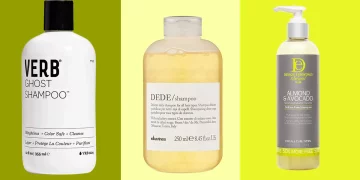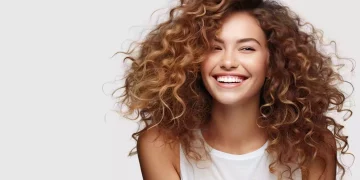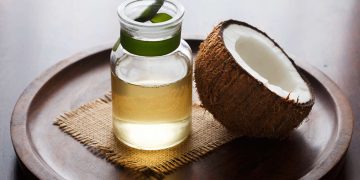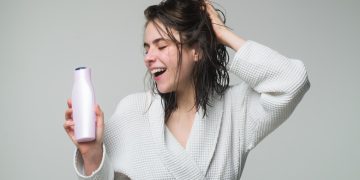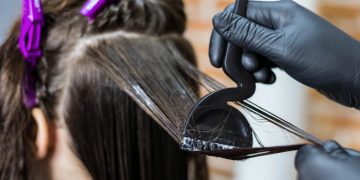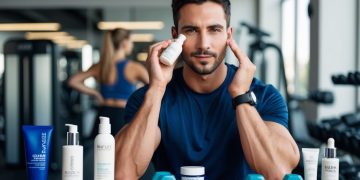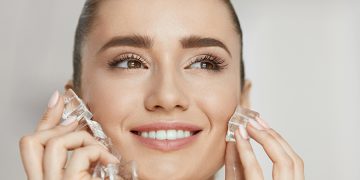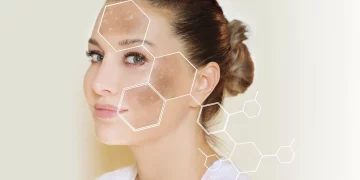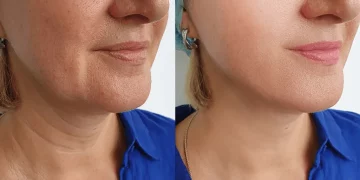Introduction
In the rapidly globalizing beauty industry, brands are tasked with designing products that resonate with consumers across different cultures. The rise of global beauty trends has brought together diverse markets with distinct beauty ideals, creating a fascinating intersection of Eastern and Western aesthetics. These two cultural spheres often have very different standards and philosophies of beauty, which can significantly influence the design, marketing, and formulation of beauty products.
Eastern beauty ideals often emphasize natural and holistic approaches, focusing on skin health, balance, and subtle enhancement. On the other hand, Western beauty standards have historically leaned toward bold expressions, innovation, and an emphasis on individualism, often pushing the boundaries of self-expression and technology. As beauty brands increasingly expand their reach across borders, the need to understand how these cultural differences shape product design has never been more crucial.
In this article, we will explore how Eastern and Western beauty standards clash and collaborate, and how these cultural differences influence the design, development, and marketing of global beauty products. We will examine how beauty brands navigate the delicate balance between respecting traditional values and embracing modern innovations to create products that appeal to consumers worldwide.
1. Eastern Beauty Aesthetics: Subtlety, Balance, and Holistic Care
a. The Concept of Natural Beauty
At the heart of many Eastern beauty traditions is the belief in natural beauty, often symbolized by clear, radiant skin and a youthful appearance. Eastern beauty rituals place a strong emphasis on skincare as the foundation of beauty, often prioritizing prevention over correction. Brands originating from countries like Japan, Korea, and China have deeply integrated herbal remedies, natural ingredients, and gentle formulations into their beauty products. The holistic philosophy of mind-body balance is central to many of these cultures, and skincare routines are often designed to maintain both physical and mental well-being.
For example, Korean skincare (or K-beauty) is known for its multi-step skincare routines, which emphasize hydration, nutrition, and protection. The use of fermented ingredients and plant-based oils like green tea, ginseng, and hyaluronic acid are staples in many products, contributing to a glowing complexion with minimal effort. The focus is on prevention (wrinkle-free skin, smooth texture) rather than immediate, drastic changes.
Japanese beauty standards also champion the idea of skin as the canvas, with an emphasis on clarity and smoothness. Minimalistic packaging and products made with clean ingredients reflect the cultural appreciation for subtlety, refinement, and understated elegance. In China, the use of traditional herbal medicine in skincare is prevalent, drawing from centuries-old wisdom.
b. Focus on Inner and Outer Beauty Harmony
In the East, beauty is often viewed as a reflection of one’s overall well-being. Many beauty routines emphasize the inner balance of mind and body, with beauty products designed to complement this philosophy. Self-care rituals such as facial massages or aromatherapy play a significant role in enhancing both emotional well-being and external appearance. The concept of wellness is deeply interwoven with skincare in Eastern cultures, leading to a preference for clean, gentle products that nourish the skin without overwhelming it.
For instance, traditional Chinese medicine and Ayurveda (Indian medicine) often incorporate natural herbs and aromatherapy oils not only for skin health but also to balance the body’s internal energies. Beauty routines in these cultures are holistic, focusing on achieving inner peace and harmony as a means to promote physical beauty. Products that promise long-term, sustainable results rather than quick fixes resonate deeply with Eastern consumers.
2. Western Beauty Aesthetics: Bold, Expressive, and Innovative
a. Individualism and Self-Expression
Western beauty standards, particularly in countries like the United States and Europe, place a greater emphasis on individuality, bold self-expression, and immediate transformation. Unlike Eastern beauty ideals, which focus heavily on subtlety and natural enhancement, Western beauty products often seek to highlight and enhance the individual’s unique features with more dramatic, instant effects.
In makeup, Western beauty has embraced contouring, bold lip colors, and high-impact eye makeup, where the goal is to showcase creativity and make a statement. Fashion-forward makeup brands like Fenty Beauty, MAC Cosmetics, and Urban Decay push the envelope with high-intensity pigments, experimental textures, and inclusivity in color ranges, encouraging customers to express their inner selves boldly.
b. Technology and Innovation in Product Design
One of the defining features of Western beauty is its constant drive for technological innovation. Western brands tend to incorporate cutting-edge technologies into both product formulation and delivery systems. From smart skincare devices to anti-aging serums with scientifically proven active ingredients, the West is known for developing products that promise fast, visible results. These products often target specific concerns such as acne, wrinkles, hyperpigmentation, or uneven skin tone.
For example, the rise of retinol, vitamin C, and peptides in Western skincare reflects a scientific approach to skincare, often based on dermatological research. Western beauty is more results-oriented, with an emphasis on active ingredients that deliver quick transformations, whether it be plumping the skin, reducing wrinkles, or brightening the complexion.
In the realm of makeup, the innovation of long-lasting formulations, waterproof formulas, and high-definition textures that deliver precision and performance is central to Western beauty brands. Consumers in the West are often drawn to products that promise to meet the demands of a fast-paced, high-performance lifestyle, offering not only functionality but also long-term solutions.

3. How Eastern and Western Aesthetics Influence Global Beauty Brands
As beauty brands expand globally, they must navigate these cultural differences to succeed in diverse markets. To appeal to both Eastern and Western consumers, brands must strike a balance between tradition and innovation while respecting the core values of each culture’s beauty philosophy.
a. The Global Appeal of K-beauty and J-beauty
Korean and Japanese beauty have successfully transcended their regional origins and are now sought after worldwide. For example, K-beauty brands like Laneige, Innisfree, and Dr. Jart have incorporated cutting-edge skincare technology with traditional ingredients to appeal to a global market. Their multi-step skincare systems, focusing on hydration and protection, have gained traction in the West, where skincare is increasingly viewed as a long-term investment in skin health.
Similarly, J-beauty focuses on clean, minimalist formulations and products designed to balance skin, which resonates with both Western and Eastern consumers. The global appeal of these products is rooted in their efficacy, simplicity, and holistic approach, which aligns with both natural beauty ideals and a desire for visible results.
b. Western Brands Adapting to Eastern Markets
To penetrate Eastern markets, Western beauty brands have had to adapt their offerings to fit local tastes. In China, for instance, there is a significant preference for whitening products, a concept deeply rooted in the cultural association between pale skin and beauty. Western brands have increasingly adjusted their product lines to include skin lightening products or formulations designed to cater to specific concerns such as skin pigmentation or radiance.
In Japan and Korea, where sunscreen and anti-aging products are top priorities, Western brands like Estée Lauder and Lancôme have created formulations designed to appeal to local preferences, such as products that provide a radiant finish or anti-pollution benefits. The key to success in Eastern markets is not only offering products that cater to local beauty standards but also ensuring that they are safe, gentle, and effective, as consumers in these regions often have high standards for skincare.
4. Conclusion: Embracing Diversity in Global Beauty Design
The intersection of Eastern and Western beauty aesthetics offers exciting opportunities for global beauty brands to innovate and create products that resonate with diverse consumer bases. While Eastern beauty emphasizes subtlety, holistic care, and natural beauty, Western beauty values bold self-expression, technological innovation, and personalized results. The challenge for beauty brands is to blend these distinct cultural values into products that are both innovative and inclusive.
As global beauty trends continue to evolve, we can expect more brands to embrace the diversity of beauty by designing products that cater to various cultural preferences, offering something for everyone. The beauty industry’s future will likely be shaped by a blend of tradition and innovation, where Eastern and Western ideals complement each other, creating a more inclusive, thoughtful approach to beauty that transcends borders and embraces the richness of human diversity.

